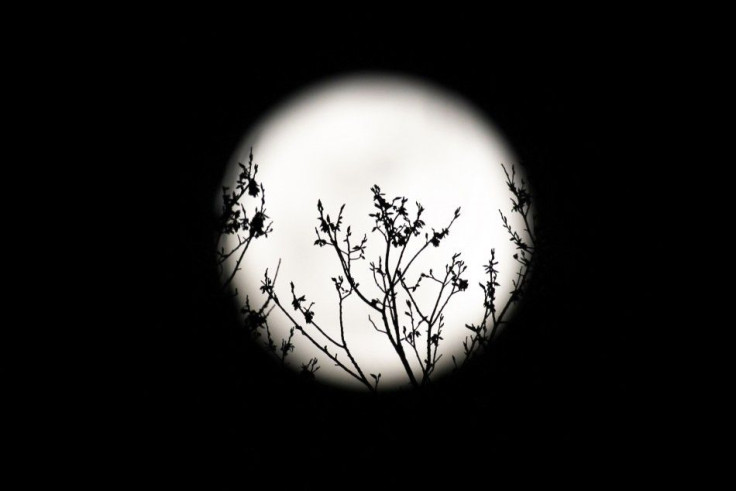Pink Moon: When And Where To Watch April Full Moon

Skygazers across South America, Europe, Africa, Asia and Australia will get witness the lunar phenomenon called "Pink Moon" on Friday, April 19 at 7:12 a.m. EDT.
April Full Moon 2019: The 'Pink Moon' Rises This Friday https://t.co/7vw85RJHdl pic.twitter.com/skQo5zce0a
— SPACE.com (@SPACEdotcom) April 16, 2019
According to Space.com, for observers in the U.S. east coast, the Pink Moon will rise at around 8 p.m. on April 19 and set at around 7 a.m. the next morning. The moon will be in the constellation Virgo. The sun will rise about an hour before moonset on April 20, so for about an hour, the nearly full moon and the sun will both appear in the sky.
The Pink Moon will look slightly bigger than normal because the moon will be three days’ pass perigee – the nearest location of natural satellite such as moon to Earth – so it will be almost like a “supermoon.” Supermoons happen when the full moon coincides with perigee, but the difference in size even for these "super" natural satellites is usually too small to notice for unaided eye.
As for how it got its name, April’s full moon is known as the Full Pink Moon by the Native American tribes, even though it does not actually turn pastel pink as the name suggests. It is based on the aboriginal calendar which is different from the western calendar. It is a lunar calendar that is based on the observation of people that are closely linked to nature.
During ancient times, Native Americans did not have means to accurately track time. They used the different full moons to determine the coming season. Interestingly, Colonial Americans adopted the system through their Farmer’s Almanac.
The name of the Pink Moon comes from pink flowers that bloom in the early spring, known as “moss pink” or ground phlox. Ground Phlox is a flowering plant that creeps on the ground and covers the rocky soil.
You guys ready for another full moon this Friday?
— Sᴇʟᴇɴᴇ (@Sister_of_Eos) April 15, 2019
April’s full moon is widely known as the Full Pink Moon, even though it doesn’t actually turn pastel pink as the name suggests. The Full Pink Moon’s name comes from the abundance of moss phlox. 1/2 pic.twitter.com/gx0uKTIGUq
Other native and indigenous people have different views about the Pink Moon. The Ojibwe people indigenous to North America called it the Sucker Moon after the common fish species known as suckerfish.
The Tlingit of the Pacific Northwest call the April full moon "X'eigaa Kayaaní Dís," meaning "Budding moon of plants and shrubs," according to the Tlingit Moon and Tide Teaching Resource published by the University of Alaska at Fairbanks.
In New Zealand, the Māori people called the April moon "Paenga-whāwhā," describing the month as a time when "all straw is now stacked at the borders of the plantations." For the Jewish people, it celebrates the escape from Egypt.
The April full moon has also been called the Egg Moon because it is the egg-laying season among animals and coincides with Easter season, along with other names such as Fish Moon.
© Copyright IBTimes 2024. All rights reserved.




















